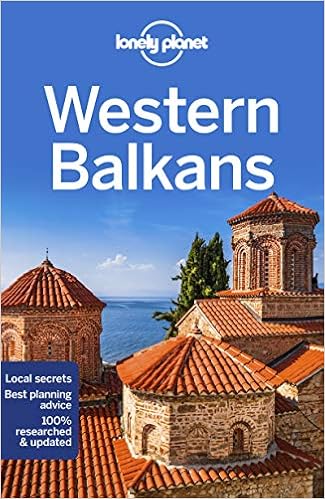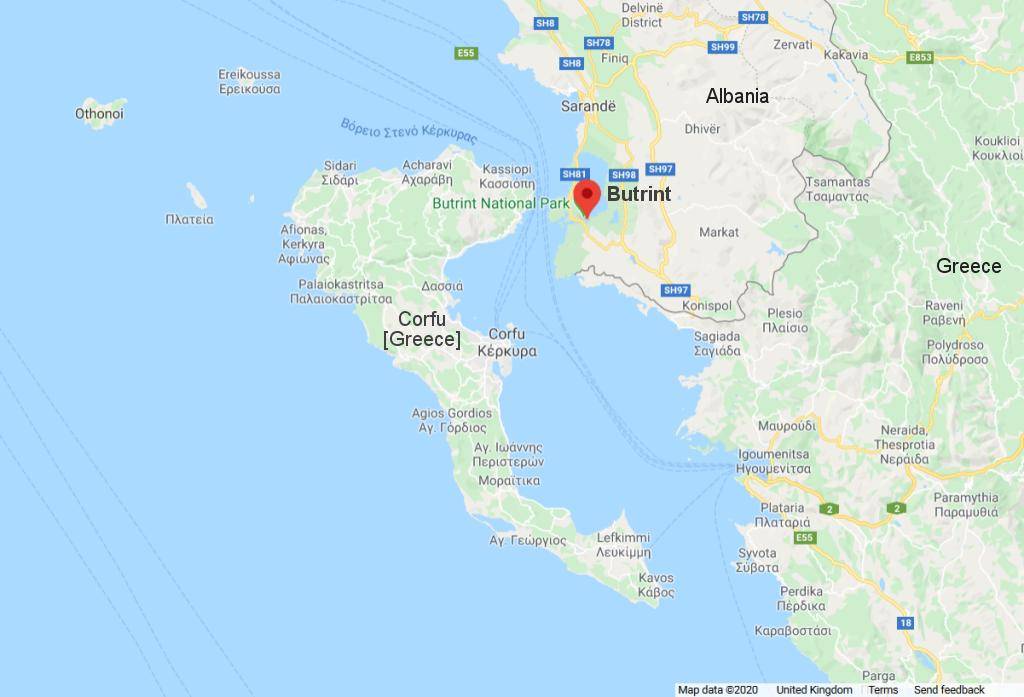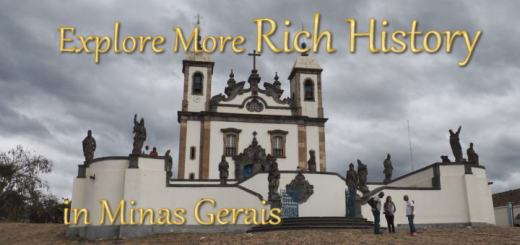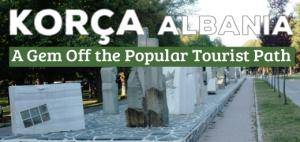Explore the Ancient City of Butrint in Albania
- Pinterest754
- Facebook207
- Twitter7
- Reddit0
- Flipboard0
- Email0
- Buffer8
- 976shares
- Like
- Digg
- Del
- Tumblr
- VKontakte
- Buffer
- Love This
- Odnoklassniki
- Meneame
- Blogger
- Amazon
- Yahoo Mail
- Gmail
- AOL
- Newsvine
- HackerNews
- Evernote
- MySpace
- Mail.ru
- Viadeo
- Line
- Comments
- Yummly
- SMS
- Viber
- Telegram
- Subscribe
- Skype
- Facebook Messenger
- Kakao
- LiveJournal
- Yammer
- Edgar
- Fintel
- Mix
- Instapaper
- Copy Link
The small country of Albania has four UNESCO World Heritage sites. The ancient ruins of Butrint, in the far south of the country, were its first recognised site. When you approach it by road today, you wouldn’t expect that such dense forest hides the remains of what was once the most important city of the area.
![The ancient city of Butrint is a World Heritage Site in the south of Albania, where you can explore a history going back more than two-thousand years. [The photo shows the inside of the Lion Gate.]](https://dare2go.com/travel/wp-content/uploads/2020/05/Butrint-featured.jpg)
The ancient city of Butrint is a World Heritage Site in the south of Albania, where you can explore a history going back more than two-thousand years.
What you will find in this article:
A Short History of Butrint
The area of Butrint [or Butrinti] has been inhabited since prehistoric times (50 000 BC) and first came to prominence as a Greek colony. Today’s large archaeological site encompasses ancient ruins dating back to Greek and Roman times, covering the period from around the 8th Century BC to the 16th Century AD – more than two millennia. At the peak of its influence, the city was a major Adriatic port and the bishop’s see of Epirus.
Initially, the city declined slowly when its access to the sea silted up and turned into marsh flats. Around the same time, it was seriously damaged by several earthquakes. Finally, the Republic of Venice abandoned the Butrint headland after Süleyman the Magnificent sacked the city in 1537. Today, the archaeological site is part of the much larger Butrint National Park.
The main excavations and reconstructions of the ancient site were carried out nearly 100 years ago. Since then, the site has slowly been covered by vegetation, making it nice and green, and providing refuge for all sorts of critters.

A Roman villa – partially under water. It seems to be a common problem at Butrint that some of the buildings are flooded in winter.
The Main Sights in Butrint
Not many historic towns show so clearly how Greek structures were re-purposed in a Roman city. Then finally, the Venetians built their own layer on top of it all. This demonstrates the long-lasting strategic importance of Butrint.
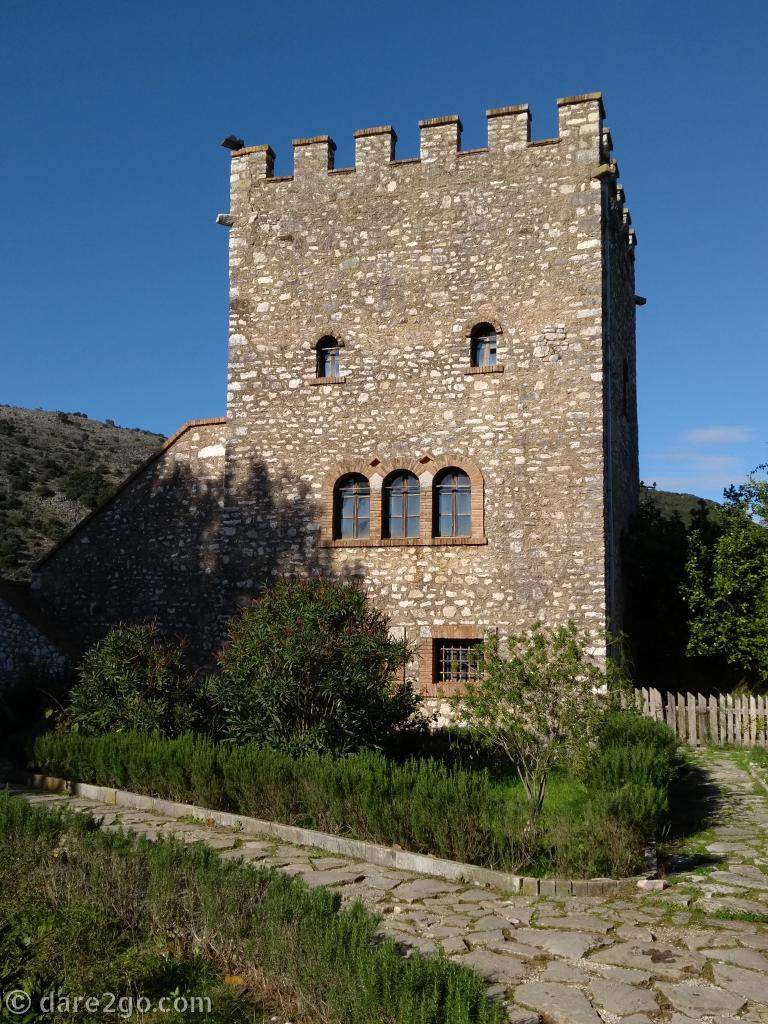
The Venetian tower of the Butrint Castle
As the UNESCO World Heritage Council describes it:
Butrint, located in the south of Albania approximately 20km from the modern city of Saranda, has a special atmosphere created by a combination of archaeology, monuments and nature in the Mediterranean. With its hinterland it constitutes an exceptional cultural landscape, which has developed organically over many centuries. Butrint has escaped aggressive development of the type that has reduced the heritage value of most historic landscapes in the Mediterranean region. It constitutes a very rare combination of archaeology and nature. Quoted from the WHC listing
Let’s look at what there is to see:
The Venetian Tower
This tower was a late addition to the city’s defences, built in the 15th-16th centuries, and now stands to the right of the entrance. Together with the triangular castle across the river, it controlled the water access into Lake Butrint.

This nicely restored Venetian tower stands to the right of the Butrint main entrance
The Chapel of Asclepius
Asclepius was the Greek God of Healing. Offerings to his temple were commonly used to finance other public projects. Hence, it may come as no surprise that the amphitheatre is located right next to this temple.
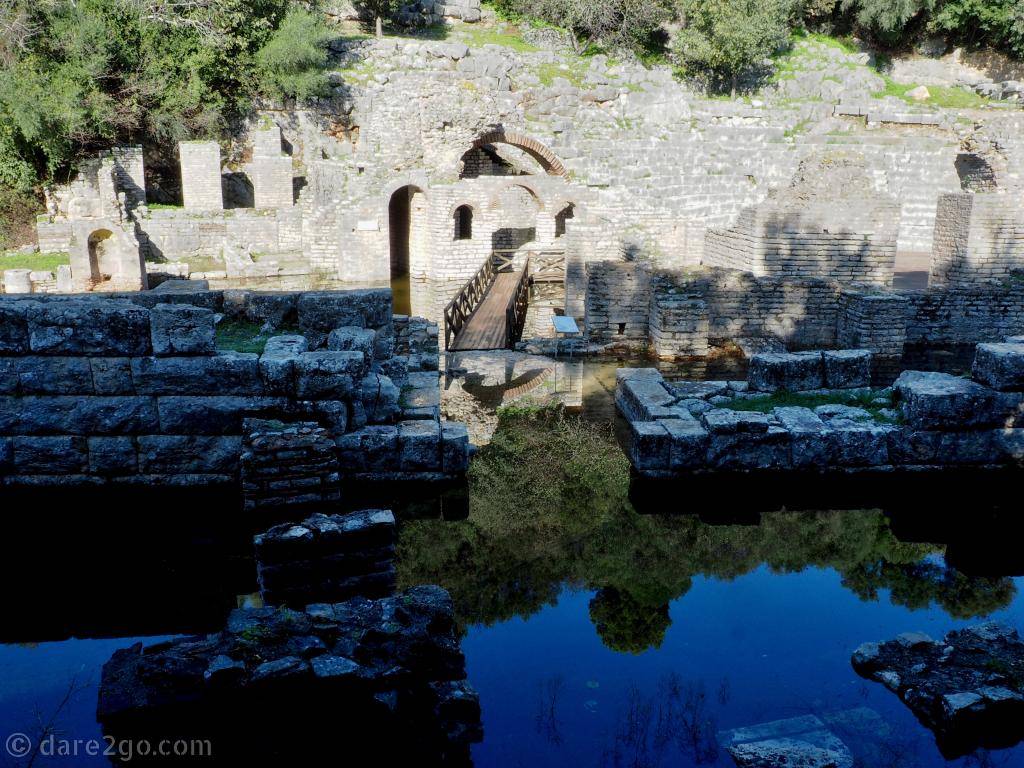
Access to the theatre (all under water) and the chapel of Asclepius on the far right
The Ancient Theatre
Originally built by the Greeks in the 3rd century BC into the hill of the acropolis, this theatre was later remodelled in Roman style with a much larger stage structure. The theatre is still in use today, when it stages the Butrinti Summer Festival during July*).

An aerial view of the main attractions: the Chapel of Asclepius on the left, the amphitheatre in the middle, the forum on the right [photo credit ]
*) due to Covid-19 the 2020 Butrint festival will be held in mid September!
The Roman Forum Agora
When the Romans took possession of the city under Emperor Augustus, they built their Agora [forum] right next to the theatre. To the Romans, the forum was the most important social place in any town; it was the marketplace for small merchants and usually had a public bathhouse attached. As such, it was a daily meeting point for many citizens.
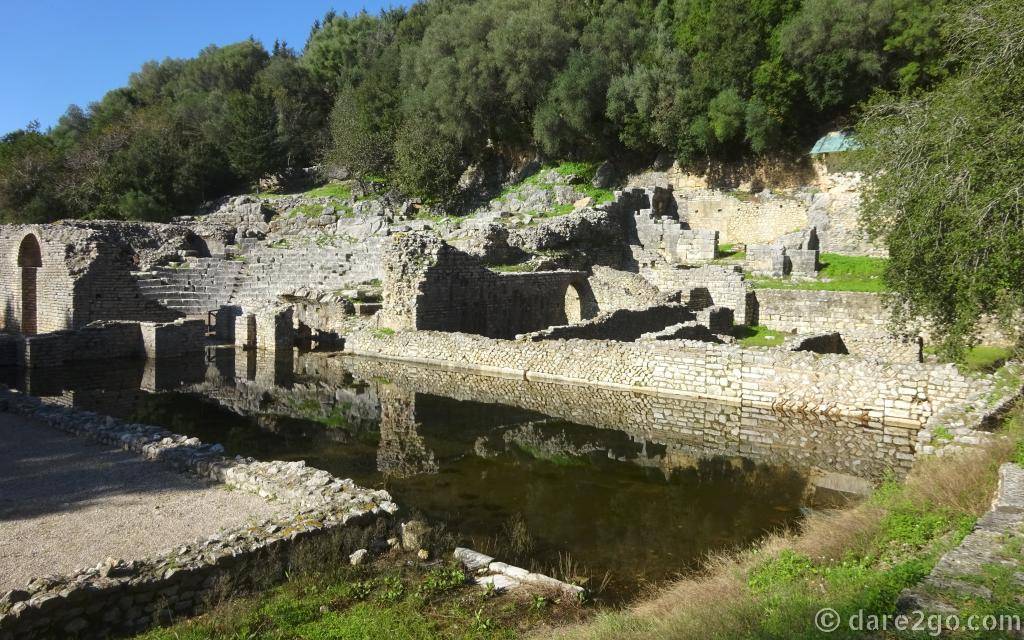
Part of the flooded Agora (Forum) with the theatre in the background
The Baptistery
The outstanding feature of this holy building, which (as the name suggests) was the place for Christian baptism ceremonies, is the beautiful 6th century mosaic floor with its decorative pattern. Unfortunately, for much of the year the floor is covered with sand to protect it from the elements – you’ll be lucky to see more than a photo of it.

The beautiful Roman mosaic floor in the baptistery [photo credit ]
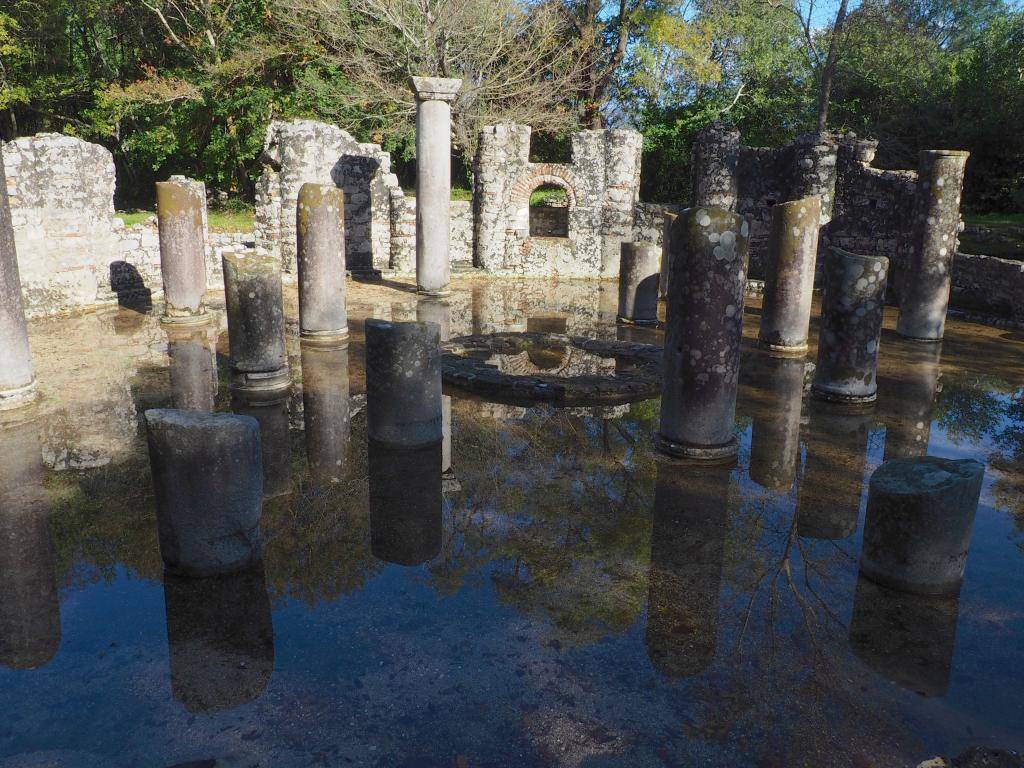
The baptistery as we found it – all under water
The Great Basilica
Built after the Romans converted to Christianity, this 6th century church is small by today’s standards. You will find remnants of a Roman mosaic in this building too. Right next to it is an earlier Roman structure, the Fountain of the Nymphs from the 2nd century AD.

Inside the ruins of the Great Basilica of Butrint

The 2nd century fountain dedicated to the Nymphs
The Lion Gate
On the opposite side of the acropolis stands the Lion Gate, so it’s a bit of a walk from the former sights. The shade of the forest, and strategically placed picnic tables and benches overlooking the peaceful lake, make it a pleasant walk. The interesting thing about the Lion Gate is its heavy stone lintel, carved with the Venetian lion. It was purposely lowered to make access through this gate more difficult; the attacking troops couldn’t storm right through once they had forced the gate open.
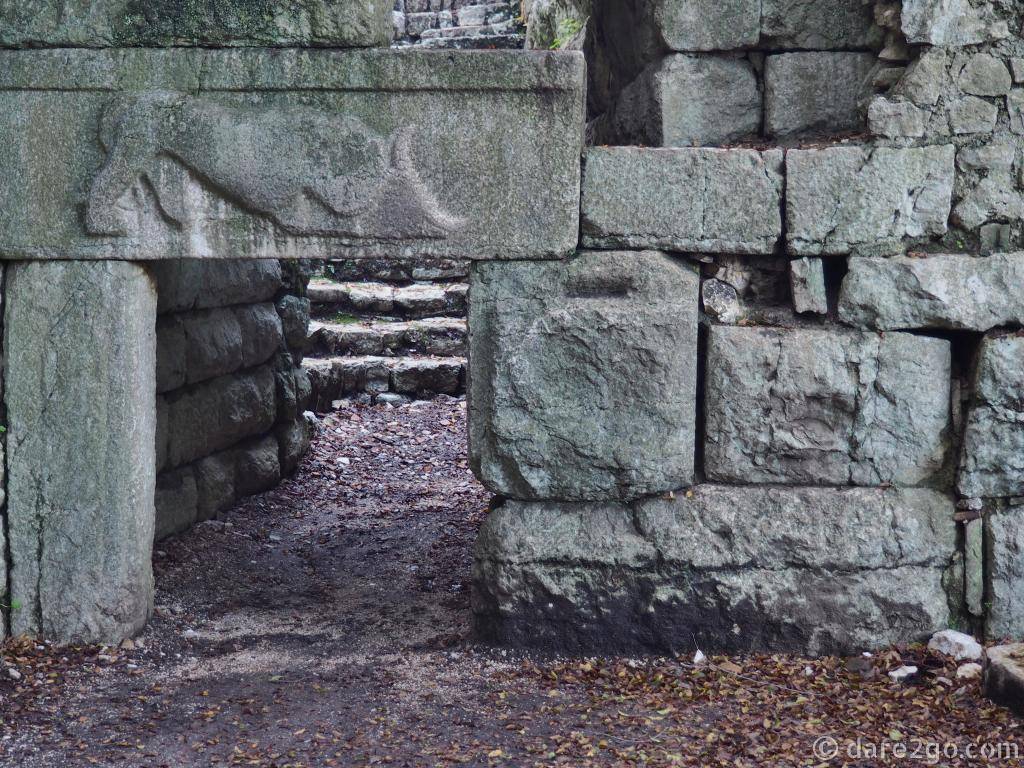
The Lion Gate with the lowered lintel, where the Venetian Lion is engraved
The Venetian Castle and Site Museum
High on the top of the hill, overlooking the marshes to the blue waters of the Adriatic Sea, stands the small Venetian Castle with its square tower. When we visited, on November 26th of 2019, the museum was closed under government orders (it was the day of the Albanian earthquake ). So we cannot describe what you will find there.

View from the Butrint Castle across marshland to the Adriatic Sea
Currently the Lonely Planet Western Balkans is the most up-to-date guidebook you can buy for this region!
Near-by Attractions
The Ali Pasha Castle of Butrint
N39.741690 E19.992497
This small castle, built after the Ottomans defeated the Venetians, sits on a small marsh island controlling access to the bay of Saranda. In summer, you can visit this island by hiring a boat from in front of the World Heritage Site.
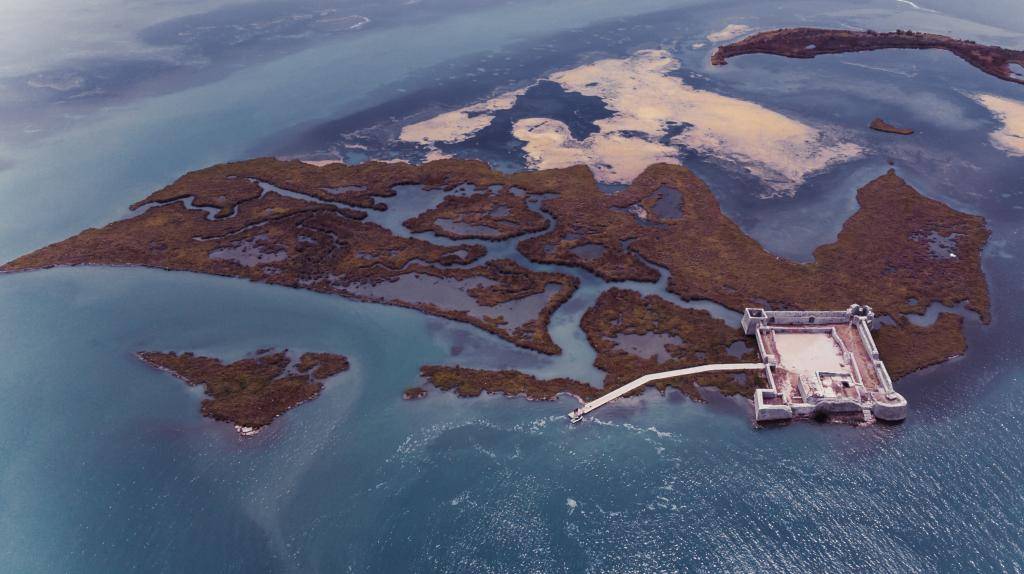
The Ali Pasha Castle of Butrint seen from the air [photo credit ]
The Triangular Venetian Castle
This fortification is on the other side of the Butrint River, right next to the ferry landing. There’s not much to see except the occasional herd of sheep keeping the grass down. But it makes a nice photo, reflecting in the water, taken from the riverbank at the entrance to the Butrint archaeological site.
Practical Information for Visiting Butrint
Location: N39.744040 E20.019086
Opening Hours: 8am-sunset, museum 8am-4pm
Entrance Fee: 700 Lekë/adult, children under 8yrs free, family ticket 300 Lekë/person
Map of Butrint in the south of Albania
The World Heritage Site of Butrint is part of the much larger Butrint National Park and less than 20 kilometres south of the town of Saranda [or Sarandë]. There is a Corfu to Saranda ferry service, so many daytrippers visit from this Greek island during holiday season. For a more relaxed experience you might like to take a tour from Corfu .
The Butrint archaeological site is rather large; nearly 200 ha. The main attractions are all on the hillside closest to the entrance gate. You should plan a good 3 hours to visit the entire complex; perhaps an hour less if you don’t want to walk along the outer wall to reach the Lion Gate, although this walk has the nicest views.
The ground of the ancient city is very uneven in places, so not all parts are accessible to everyone. The approach to the Butrint castle is a long, narrow stairway. We recommend wearing solid footwear and taking drinks and snacks or sandwiches with you. Refreshments appear to be available at the castle, but this was closed when we were there – possibly only open in peak season. Please don’t litter; you are visiting a National Park!
Please share this post on Pinterest to show your friends or to remember for later:
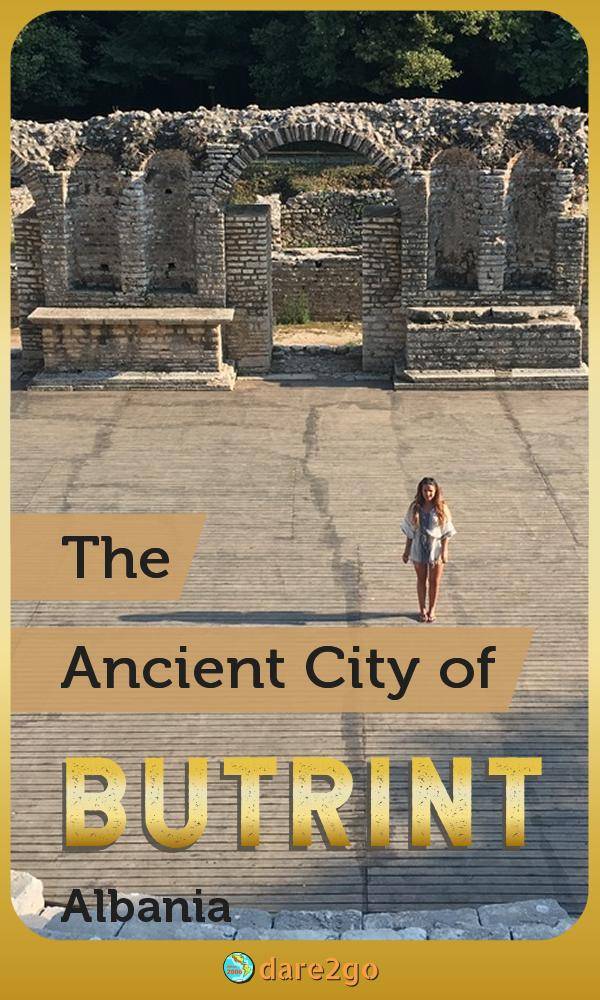


- Pinterest754
- Facebook207
- Twitter7
- Reddit0
- Flipboard0
- Email0
- Buffer8
- 976shares
- Like
- Digg
- Del
- Tumblr
- VKontakte
- Buffer
- Love This
- Odnoklassniki
- Meneame
- Blogger
- Amazon
- Yahoo Mail
- Gmail
- AOL
- Newsvine
- HackerNews
- Evernote
- MySpace
- Mail.ru
- Viadeo
- Line
- Comments
- Yummly
- SMS
- Viber
- Telegram
- Subscribe
- Skype
- Facebook Messenger
- Kakao
- LiveJournal
- Yammer
- Edgar
- Fintel
- Mix
- Instapaper
- Copy Link

